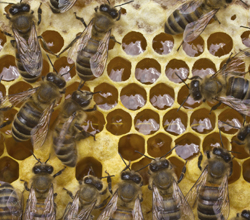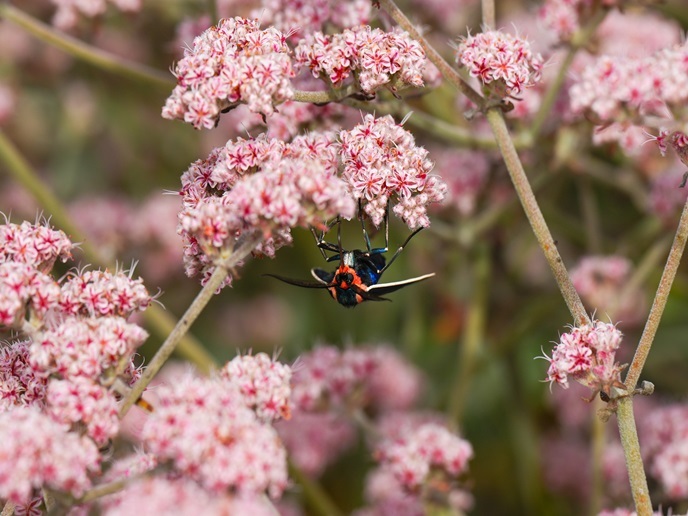Detecting the parasite behind bee colony collapse
The parasite, Nosema cerenae (N. cerenae), has spread from Asiatic bees to the rest of the world and is one of the major causes of colony collapse disorder. Unfortunately, there has been no easy way to detect the parasite until the colony has already collapsed and cannot be saved. As bees are socioeconomically important, the EU funded a project called 'Detecting the pathogen that threatens European honey bees' (CLEANHIVE) to address the problem. The project set out to create and test a diagnostic kit for commercial use. CLEANHIVE started by developing a molecule that can specifically detect the parasite N. cerenae. Researchers then incorporated the detection molecule into a lateral flow device as well as a simple data-capture module. This allowed rapid and simple detection of infection in single bees. Additionally, researchers investigated the quickest and most effective way to test for the presence of the parasite. An early prototype was built and several tests were performed to validate the kit, which worked well but needs further refinement to guarantee its function. Nevertheless, the CLEANHIVE project took major strides towards a simple diagnostic kit for N. cerenae. Commercial partners are now completing the validation in order to make the kit applicable in the beekeeping industry.







